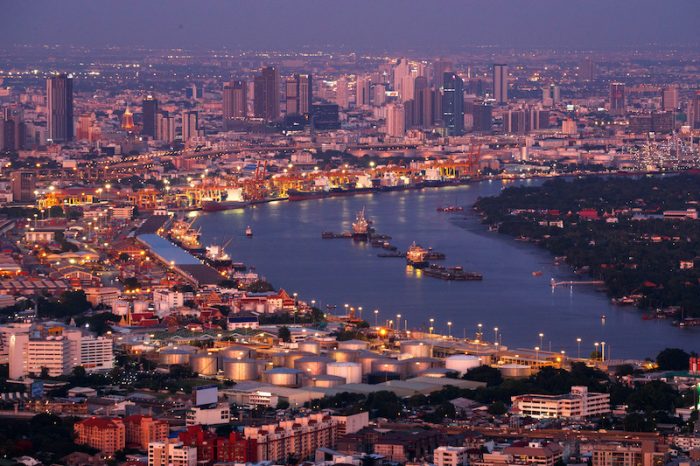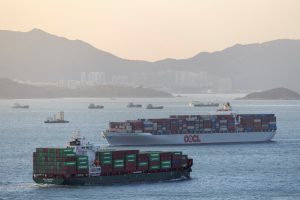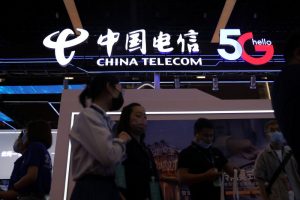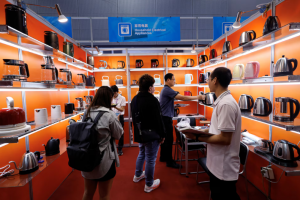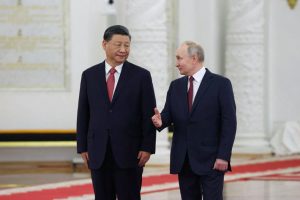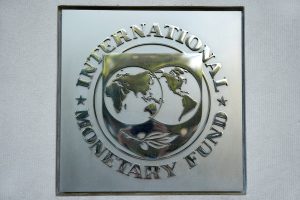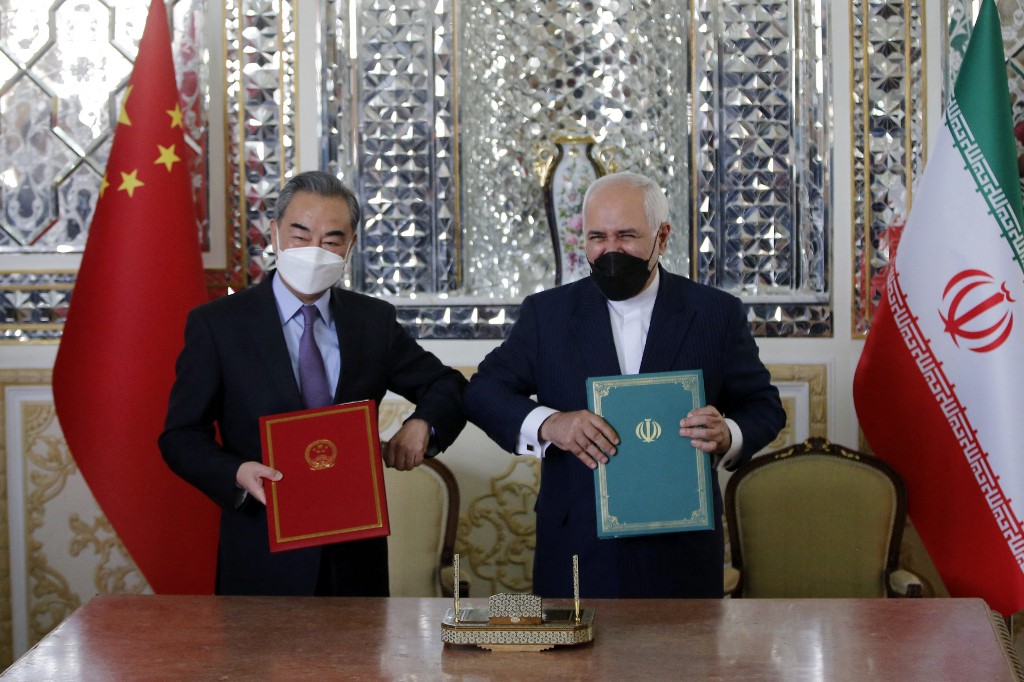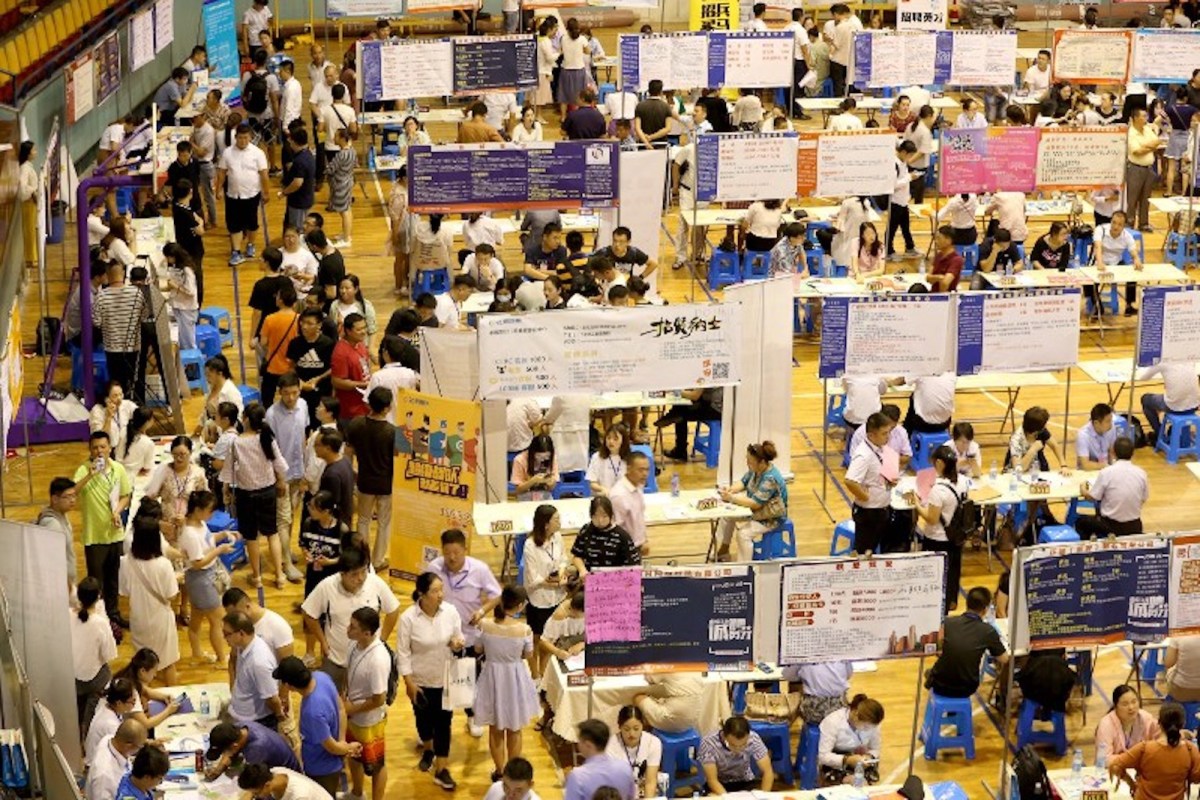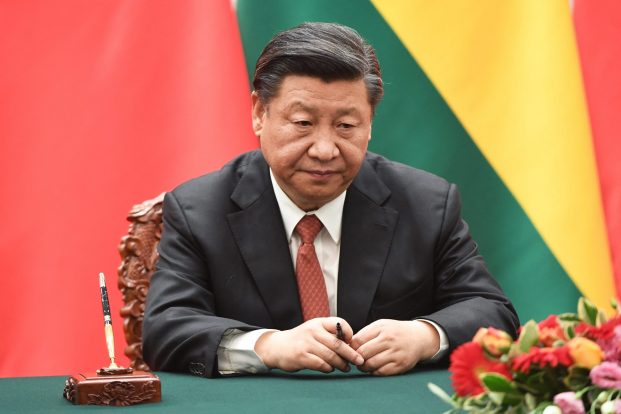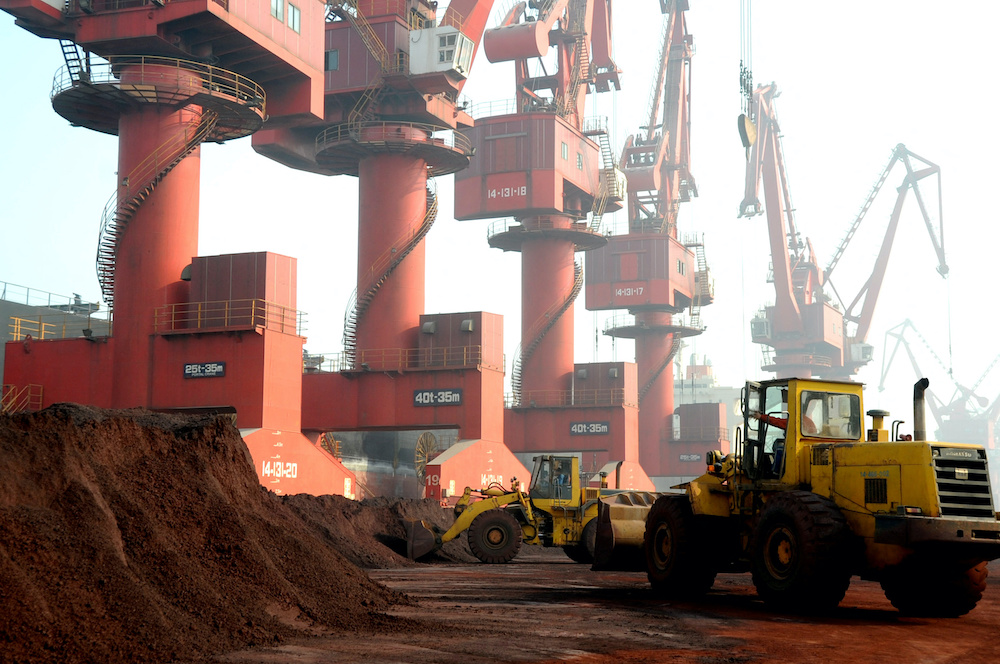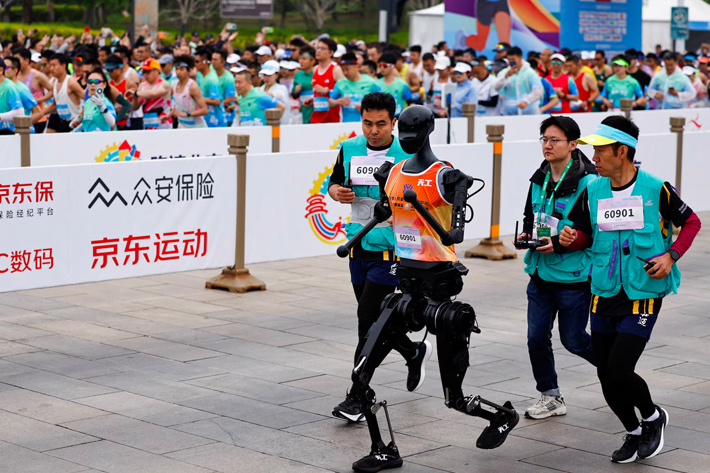Asian nations have been shocked, angered and baffled by the tariffs implemented by US President Donald Trump since he took office in mid-January.
Trump is seen by many as unleashing an unreasonable economic war that will seriously damage global trade and inflict burdens on nations whose people are generally much poorer than ordinary American citizens.
China – a key target of US tariffs announced in recent weeks, given its huge $300-billion trade deficit last year and other serious bilateral issues – hit back on Friday. Beijing said it would impose 34% tariffs on imports from the US next week, along with limits on rare earth minerals and bans on 11 companies doing business in China or with Chinese firms.
ALSO SEE: Asian Economies Rocked by Trump’s Tariffs, Fears of Trade War
Its tit-for-tat response is likely part of China’s strategy – elements that Xi could use as potential concessions in a bid to try to get a better deal with Trump.
Southeast Asia floored
However, one of the bigger surprises, which will likely receive a far more nuanced response, was levies imposed on long-term US allies such as Japan (24%), South Korea (25%) and Taiwan (32%), plus others with relatively warm relations with America, like Thailand (36%), Vietnam (46%) and Indonesia (32%).
Southeast Asia has been hit far harder than expected and could pay a heavy price for allowing Chinese companies to set up operations so they can relay exports to the US.
Roland Rajah, an analyst at the Lowy Institute in Australia, says the export-driven development model of the whole region is now at risk.
Cambodia and Laos, two of the poorest SE Asian states, have also been punished – hit by 49% and 47% levies respectively – although they are relative minnows already firmly in China’s grip.
Cambodia’s garment industry could be heavily impacted because exports to the US make up about a quarter of its Gross Domestic Product (a similar level to Vietnam).
Phnom Penh and Vientiane could, in theory, consider whether to balance their dealings with China and the US more evenly, but that seems highly unlikely. The Trump Administration’s slashing of USAID suggests it would never even want to match the scale of investments Beijing put into those small states.
Beijing has had a long-term strategy to ‘lock in’ economic ties with its southern neighbours. And that has greatly weakened ASEAN’s capacity to be a cohesive regional body that takes a strong united stance on big issues.
Laos and Cambodia – impoverished by the spillover from the “American war” in Vietnam – have both allowed Chinese crime networks to gain footholds in their territory. Scam centres have been set up near their long borders with Thailand – a policy already having negative impacts on Thai citizens.
US policy seen as deeply flawed
Leaders of other Asian nations have so far responded in a relatively subdued manner, partly because some sense there are better ways to handle the beast.
Analysts have suggested the policy of negotiation adopted by Mexico’s leader Claudia Sheinbaum may be the smartest way to manage the crisis, and that could well be the path Xi Jinping will take.
Trade economists, meanwhile, have “poured scorn on the crude methodology used by Donald Trump to calculate the list of ‘reciprocal’ global tariffs imposed by his administration,” according to the Financial Times in London.
“The formula used to calculate the tariffs, released by the US Trade Representative, took the US’s trade deficit in goods with each country as a proxy for alleged unfair practices, then divided it by the amount of goods imported into the US from that country,” it said, adding that USTR appeared to have ignored previous suggestions to base its reciprocal tariffs on in-depth assessments of bilateral trade relationships, including taxes, regulation and other non-tariff barriers to trade.
Economists said the methodology was deeply flawed economically and would not succeed in its goal of “driving bilateral trade deficits to zero”. They said trade balances are driven by a host of economic factors, not simply tariff levels, the report said.
Investors are worried. Wall Street broker JP Morgan said the risk of a US and global recession this year have risen to 60% since Trump’s sweeping reciprocal tariffs were announced.
On Thursday, the S&P 500 had its worst day since the start of the Covid-19 epidemic – a plunge of nearly 5% that led to about $2 trillion being wiped off US stocks.
That drew Asian markets even lower on Friday, with the Nikkei in Japan down 2.75%, the Hang Seng sliding 1.5% and the BSE Sensex in India off by 1.2%.
‘China’s policies caused this crisis’
Meanwhile, many analysts have argued that China’s exporting prowess is also the result of government policies that disadvantaged households, leading to imbalances such as manufacturing overcapacity, slow domestic consumption, “ghost cities” and roads and bridges built to nowhere.
China’s “mercantilism has led to financial repression, offering households low returns on savings to create cheap finance for favoured industries,” Shamik Dhar, senior adviser at Fathom Consulting told Reuters.
“This has fuelled rapid economic growth but also capital misallocation, property speculation, and financial sector fragility.”
China has been pledging for more than a decade to shift its economic model away from investments and towards consumption-led growth. In parliament, its leaders made those promises even more loudly, without unveiling significant structural measures.
Global trade disruption makes those even more urgent, analysts said, although hopes for major structural reform remain low, in view of how painful that transition is likely to be.
Subsidies for consumer goods purchases and more support for childcare are possible, but broader welfare reform and radical changes to the tax system, land liberalisation and other policies to redirect resources to households from the state sector remain unlikely.
“We’ll likely see a doubling down on efforts to encourage domestic demand as a way to offset this expected shock to external demand,” said Nick Marro, principal economist for Asia and lead for global trade at the Economist Intelligence Unit.
“But there’s only so much the Chinese government can do.”
- Jim Pollard with Reuters
ALSO SEE:
India Likely to Defy Auto Lobby, Cut EV Levies to Appease Trump
Tokyo, Seoul Deny China Claim of Joint Response to US Tariffs
India Shares Sink on US Tariffs Criticism, Xi Urges Trade ‘Tango’
China, Japan, South Korea Boost Trade Ties, as US Tariffs Loom
Carmakers Shares Tumble After Trump Announces 25% Auto Tariff
Xi Calls on Foreign CEOs to Help Protect Supply Chains




